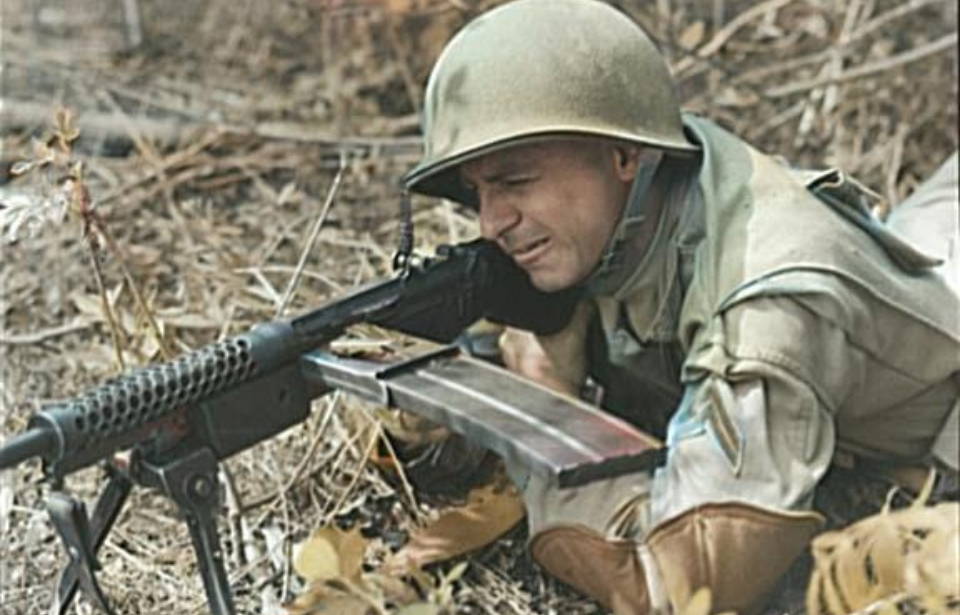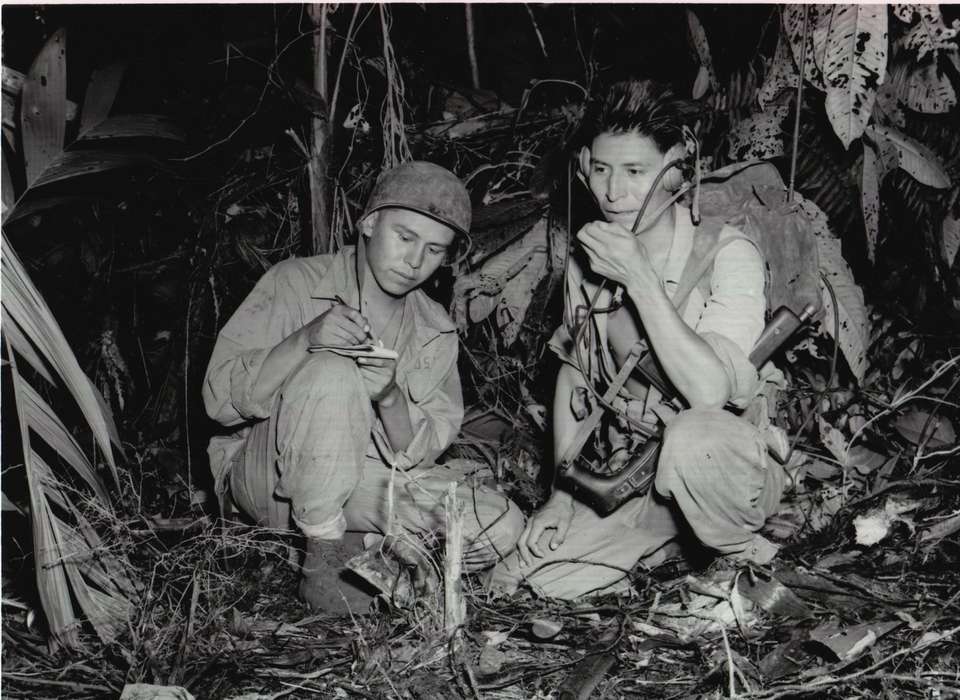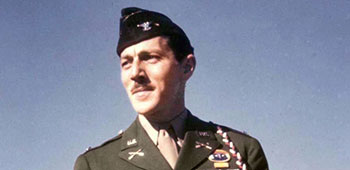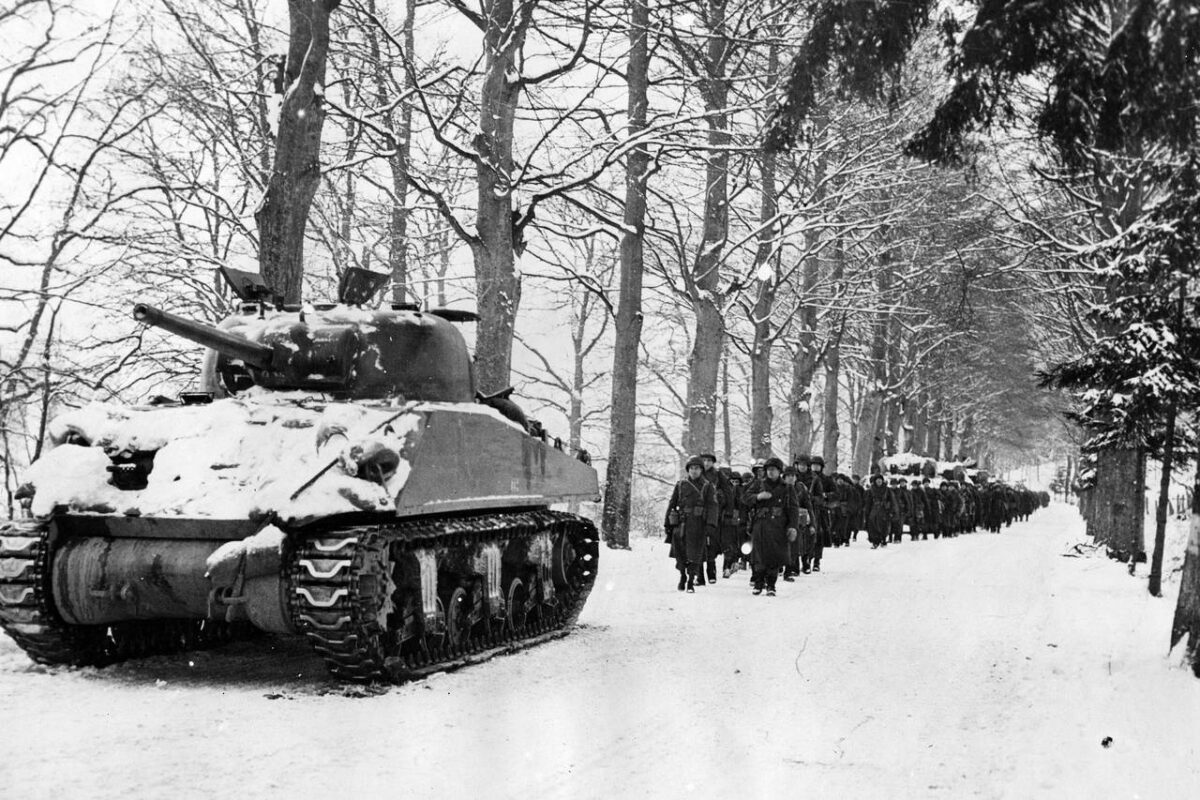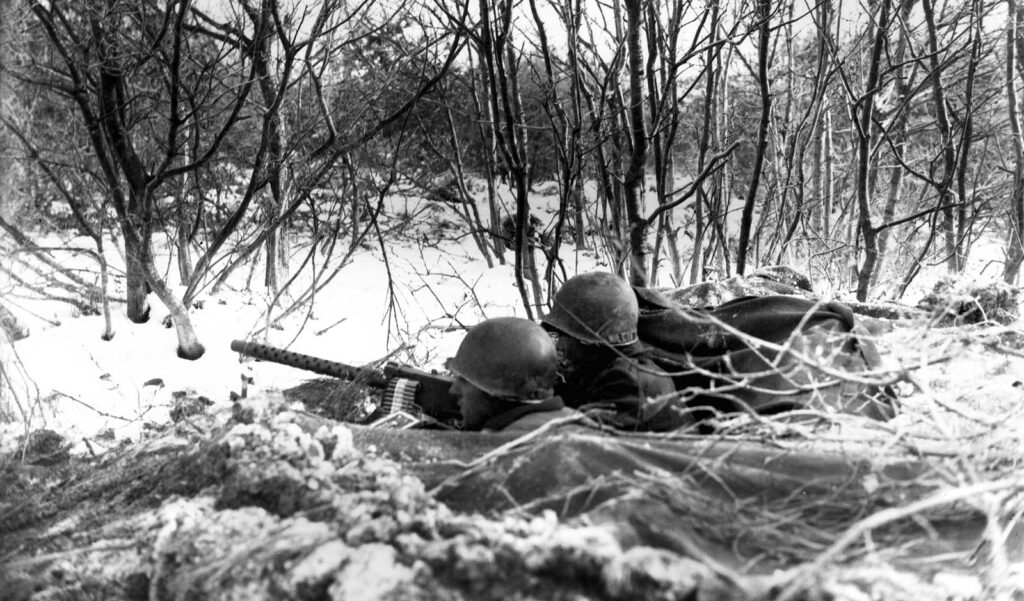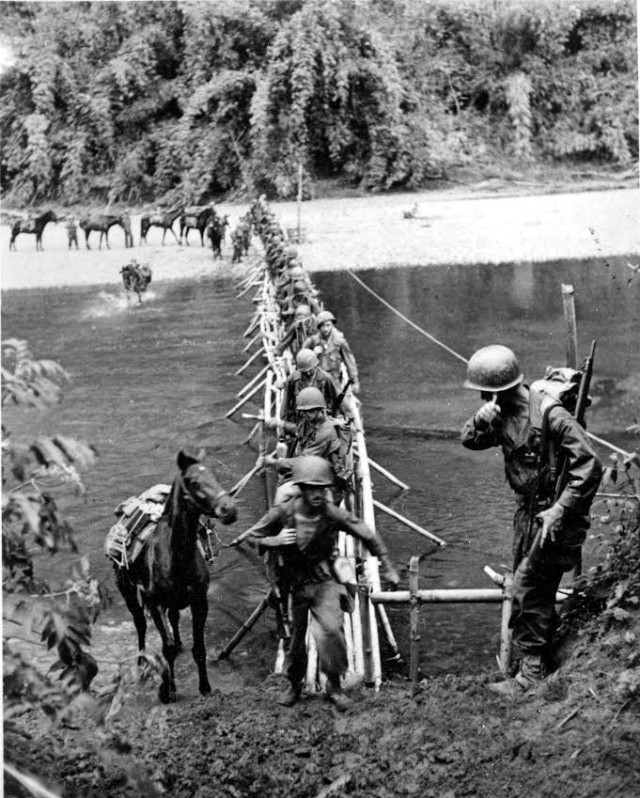Germany prepared a massive force of 200,000 troops, over 1,000 tanks and assault vehicles, and extensive artillery. Three key armies spearheaded the operation: the Sixth SS Panzer Army led by
General Sepp Dietrich, the Fifth Panzer Army under General Hasso von Manteuffel, and the Seventh Army commanded by General Erich Brandenberger. Their mission was to break through Allied lines, capture Antwerp, and cripple the Allies’ supply chain.
At dawn on December 16, German forces struck with devastating artillery barrages, followed by infantry and tank assaults. Poor weather, including heavy fog, grounded Allied air support, giving the Germans a temporary advantage.
Entire divisions of unseasoned and fatigued American troops stationed in the Ardennes were caught off guard and overwhelmed. The German advance pushed Allied lines back, creating a 50-mile-wide bulge in the front—hence the battle’s name.
A pivotal moment unfolded in the Belgian town of Bastogne, a critical crossroads. German forces encircled the town, but the 101st Airborne Division, under General Anthony McAuliffe, held firm despite being heavily outnumbered. When the Germans demanded their surrender, McAuliffe famously replied, “Nuts!” The defenders of Bastogne endured relentless attacks and freezing winter conditions until General George S. Patton’s Third Army arrived to relieve them on December 26.
Although the Germans made significant early gains, their advance soon stalled due to logistical challenges. Fuel shortages left tanks stranded, and their supply lines stretched thin. Meanwhile, the Allies regrouped. By December 23, improving weather conditions allowed Allied air forces to strike back.
Bombers and fighter planes destroyed German supply routes and troop positions, turning the momentum in favor of the Allies.
By late December, the Allies launched a counteroffensive from both the north and south, closing in on the German bulge. The fighting was intense, with villages and towns changing hands multiple times. Exhausted and suffering heavy losses, German forces began retreating by early January 1945.

